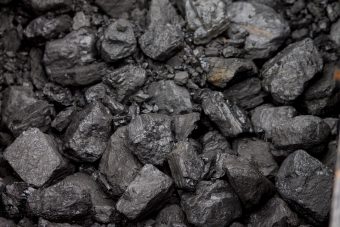The plastic pollution crisis has been building for some time now, to the point where around eight million tons of plastic enter the world’s oceans each year.
In response, a movement to cut down on plastic waste has also been gaining momentum, but 2018 was the year it really picked up speed, with everyone from ordinary tourists to major companies to the Queen of England lending their hands to push it along.
Part of the movement’s success in 2018 was because of something that happened at the end of last year. Famed British naturalist David Attenborough aired his new BBC series Blue Planet II, which featured a heartbreaking image of an albatross feeding a plastic toothpick to its young.
Read more: Eco Watch































